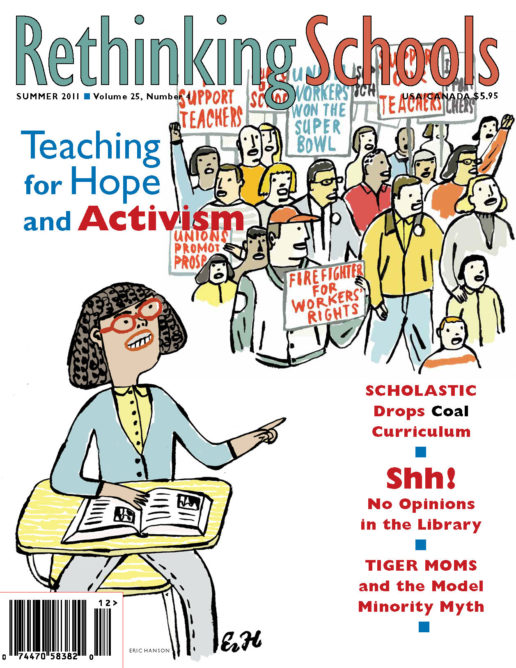Preview of Article:
Te Tremble – An Unnatural Disaster
A trial role play probes the roots of devastation in Haiti
Illustrator: Reuters, Jorge Silva
I was 9 years old and living in Los Angeles when the Northridge earthquake hit Southern California in 1994. I still remember my mother waking me in the middle of the night and rushing me under the table as books and trinkets fell from our bookshelves. Despite the lasting memory and a few shattered handicrafts, our family was not much affected. Throughout California the earthquake left only minor infrastructural damage and killed 72 people, a relatively low number for such a strong quake. So when I first heard that the earthquake of similar magnitude that hit Haiti destroyed entire Haitian cities and killed more than a quarter million people, I was shocked. For me, it was apparent that this was more than a natural disaster.
With only a little knowledge of Haitian history before the earthquake, I listened attentively to the daily reports on Democracy Now. As I learned about the role the U.S. government had played in Haitian affairs—the multiple occupations, the support for dictatorships, the CIA-backed coups—it seemed to me that the “aid” effort had to be viewed in the light of this history. For example, after the U.S. government took control of the Port-au-Prince airport, several journalists reported that planes carrying French and Cuban doctors and emergency supplies were turned away.
One year after the earthquake, more than a million Haitians are still homeless, only 5 percent of the rubble has been removed, and only 10 percent of the $5.3 billion in aid pledged by countries and organizations around the world has been spent. In the aftermath of the failed aid effort, a deadly cholera outbreak has exploded across the country. So far 5,000 Haitians have died of the disease out of 300,000 who have been infected. The Haitian writer and activist Jean Saint-Vil told Democracy Now, “One year after the earthquake, we are seeing the Haitian population being treated and seen as a threat, rather than as an asset.”
The role played by the U.S. government raises critical questions for students and teachers. How does Haiti’s history explain why it experienced such devastation as a result of the earthquake? Who or what is responsible? And why has Haiti not been able to quickly rebuild and recover?
These were the questions I wanted my civics students at Lincoln High School in Portland, Ore.,to address. Lincoln is a large public school serving Portland’s predominantly white, moderately affluent Westside. A few months after the earthquake, I prepared a unit that I hoped would take my students through a learning experience similar to the one I went through in the first weeks after the disaster.

